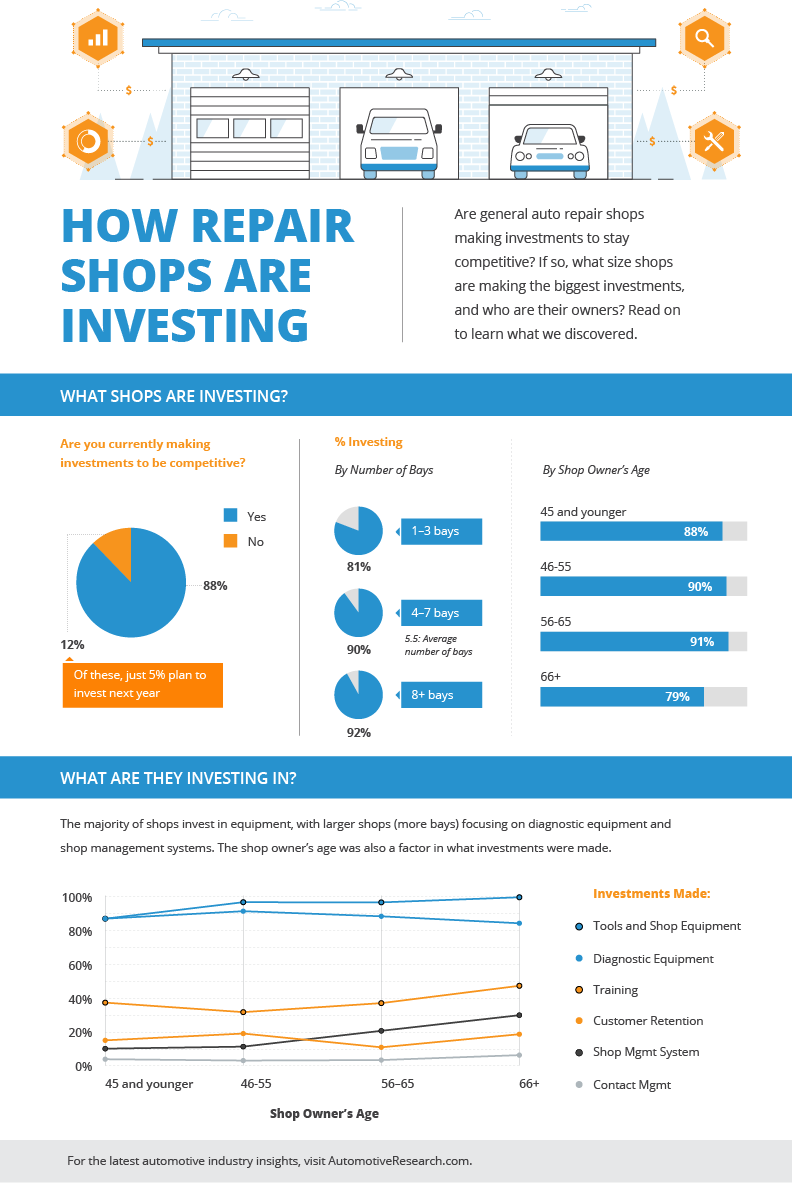Analyzing Your Vehicle'S Warning Indicators: What They Actually Convey
Analyzing Your Vehicle'S Warning Indicators: What They Actually Convey
Blog Article
Author-Higgins Forbes
When you're behind the wheel, those radiant warning lights on your control panel can be a bit complicated. Do you recognize what they're attempting to inform you about your car's health and wellness? Comprehending https://oil-change-services74951.creacionblog.com/29827688/a-once-neglected-vehicle-goes-through-a-jaw-dropping-improvement-showing-the-exceptional-capabilities-of-professional-outlining-you-re-bound-to-be-left-without-words-by-the-end-result of these lights is crucial for your safety and security and the durability of your vehicle. So, the next time one of those lights turns up, would not you want to understand its message accurately and take the required steps to resolve it?
Common Warning Lighting and Interpretations
Recognize common warning lights in your car and comprehend their significances to make certain safe driving.
The most typical warning lights include the check engine light, which signifies issues with the engine or exhausts system. If this light comes on, it's important to have your car examined immediately.
The oil stress cautioning light suggests low oil stress, requiring instant attention to stop engine damages.
A blinking battery light could recommend a faulty charging system, potentially leaving you stranded if not addressed.
The tire pressure surveillance system (TPMS) light alerts you to low tire pressure, influencing car stability and gas performance. Overlooking this can cause unsafe driving conditions.
The abdominal light shows a problem with the anti-lock stopping system, compromising your capacity to quit quickly in emergency situations.
Lastly, the coolant temperature cautioning light warns of engine getting too hot, which can cause extreme damage otherwise dealt with swiftly.
Comprehending these usual caution lights will certainly assist you attend to problems promptly and preserve risk-free driving conditions.
Relevance of Prompt Interest
Recognizing the usual warning lights in your auto is only the first step; the importance of promptly addressing these cautions can not be stressed sufficient to guarantee your safety and security when traveling.
When a warning light brightens on your dashboard, it's your automobile's way of communicating a possible problem that needs focus. Overlooking these warnings can result in a lot more extreme troubles later on, compromising your security and possibly costing you much more out of commission.
Trigger interest to cautioning lights can stop breakdowns and accidents. For example, a flashing check engine light could suggest a misfire that, if left ignored, might trigger damage to the catalytic converter. Resolving this promptly can conserve you from an expensive repair.
Similarly, a brake system warning light might signify reduced brake liquid or used brake pads, vital parts for your security when driving.
DIY Troubleshooting Tips
If you observe a caution light on your control panel, there are a couple of DIY repairing tips you can attempt prior to seeking expert aid.
The first step is to consult your automobile's manual to recognize what the details warning light suggests. Often the issue can be as basic as a loose gas cap activating the check engine light. Tightening up the gas cap might resolve the problem.
Highly recommended Internet page is a reduced battery, which can cause different warning lights. Inspecting the battery connections for rust and guaranteeing they're secure could take care of the trouble.
If a caution light continues, you can try resetting it by detaching the cars and truck's battery for a few minutes and after that reconnecting it. In addition, checking your car's fluid degrees, such as oil, coolant, and brake liquid, can assist fix cautioning lights associated with these systems.
Conclusion
In conclusion, understanding your auto's warning lights is important for keeping your lorry running efficiently and securely. By immediately resolving these signals and recognizing what they indicate, you can avoid pricey repair work and prospective malfunctions.
Keep in mind to consult your vehicle's guidebook for specific details on each advising light and take action accordingly to make certain a hassle-free driving experience.
Remain educated, stay secure when driving!
